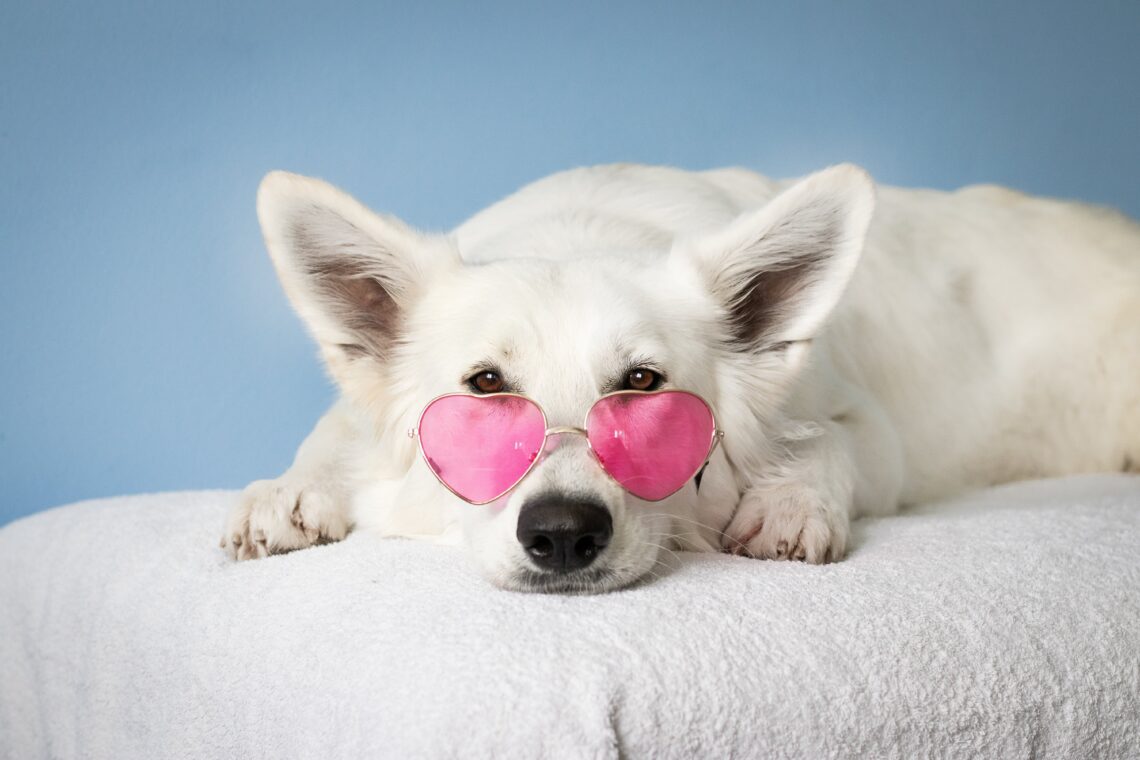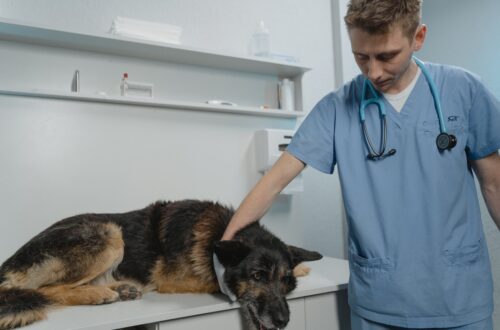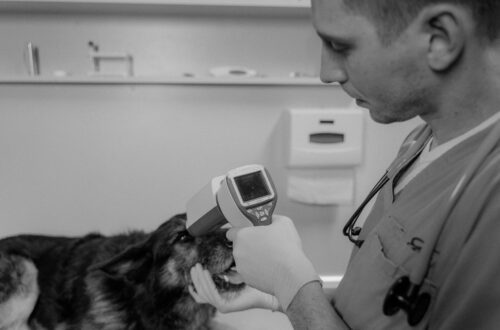
Canine Parvovirus: How to protect your dog from Parvo virus and Parvo treatment
Canine parvovirus type 2 (CPV-2) is the pathogen responsible for canine parvovirus infection, a highly transmissible illness. There are several CPV-2 strains, and they all cause comparable symptoms. The illness they induce is referred to as “parvo.”
After being identified in the 1970s, this virus quickly started to pose a major risk to the health of dogs. This is mainly due to the fact that the virus is very infectious, difficult to eradicate, may survive for a long time in the environment, and frequently results in death if treatment is not received. For this reason, the parvo vaccination is regarded as essential for dogs and pups.
Even though the risk of parvovirus infection has dropped in dogs that have received the recommended vaccinations, the condition is still quite common, particularly in pups and adolescents who have not received the recommended vaccinations.
Spread of Parvovirus:
Direct contact with sick dogs, contact with their excrement (stool), or contact with surfaces contaminated with the virus are the three easiest ways for canine parvovirus to spread. Kennels, food and water bowls, collars and leashes, as well as the hands and clothes of those who touch sick dogs, can all be considered such surfaces. Disease transmission amongst domestic dogs, feral dogs, and wild canids may also be facilitated by contact.
Dogs who are suspected or proven to have canine parvovirus should be kept apart from other dogs in order to prevent the infection from spreading. Stricter infection control procedures also need to be followed, such as thoroughly washing and disinfecting any locations the dog has been using antiviral products. Your veterinarian can offer advice on how to stop the parvovirus from spreading inside your house and outside if your dog is infected.
The virus may persist in the environment for extended periods of time because it is resistant to heat, cold, humidity, and dryness. Canine feces from an infected dog can carry the virus and spread to other canines in minute levels. This makes using the right disinfection techniques essential.
How virus affects body:
The virus targets the gastrointestinal tracts of dogs and other canids, such as wolves, foxes, and coyotes, as well as white blood cells. The infection can potentially harm a puppy’s heart muscle.
Canine parvovirus can affect any dog, although some breeds are more vulnerable than others. These comprise pups aged six to twenty weeks, dogs that have not had all of their vaccinations, and certain breeds.
Stages of infection:
The parvovirus is a highly infectious illness that spreads fast and effectively. Although it is not airborne, the canine parvovirus is present on a variety of surfaces.
It is possible for the parvo virus to exist without you having to come into touch with tainted excrement. It may survive on surfaces like as the ground, kennels, hands, items, and contaminated people’s clothing. Dogs that have come into touch with contaminated items may also carry it on their paws or fur.
Infectious stage:
Feces from an infected dog exposes the puppy (or adult dog) to parvo. There are several possible sources of these viral particles:
The surroundings (whether it on land or another surface)
The canine mother
Items, people, or clothes that come into touch with an infected dog’s excrement
An infection can be caused by a very little amount of fecal material that passes through the puppy or dog’s mouth.
Incubation Stage:
The dog contracts the parvovirus during an incubation phase (about three to seven days) during which time it does not exhibit any symptoms.
The virus targets the body’s fastest-dividing cells at this time, usually beginning its attack on the tonsils or throat lymph nodes. The virus may proliferate swiftly and efficiently to infiltrate other sections of the dog’s system by targeting these fast proliferating cells.
After the virus has proliferated and entered the circulation, it will look for more sources of quickly dividing cells. The hardest-hit regions are:
- Bone marrow
- Cells lining of the small intestine’s walls
Parvovirus infection of the heart can also result in inflammation of the heart muscle in very young puppies.
Signs and symptoms:
The virus targets the immature immune cells in the bone marrow, causing a decrease in the white blood cells that provide defense.
This makes it easier for the virus to enter the gastrointestinal (GI) tract and impairs the body’s defenses. The worst harm occurs at this point. The small intestine’s lining is attacked by the virus, which keeps the dog’s GI system from being able to:
- Absorb nutrients
- Prevent fluid loss into the stool
- Stop bacteria from moving into the gut wall and then into the bloodstream
Following signs are shown in the reaction
- Diarrhea
- Vomiting
- Lethargy
- Severe dehydration
- Fever
- Sepsis
Treatment:
Since there is no known therapy for parvovirus, the focus of care is on bolstering the puppy’s immune system.
In general, supportive care for parvovirus entails:
- Hospital stay combined with IV fluids
- Antiemetic drugs to prevent nausea
- Concentrating on food, and utilizing a feeding tube if need
- Correction of any low blood glucose or abnormalities in electrolytes
Antibiotic medication is necessary for puppies displaying indications of sepsis, a condition in which the gut becomes so “leaky” with illness that intestinal germs enter the circulation. Antibiotics may also be given to puppies who have a low white blood cell count or a high fever.
Prevention:
To prevent canine parvovirus infection, vaccination and other preventative measures such as proper hygiene are essential.
Canine parvovirus particularly affects young puppies. When a mother dog receives a vaccination, she may develop antibodies against the parvovirus, which she may subsequently provide to her newborn puppies through milk. But before the pups’ immune systems are developed enough to fend against illness, this innate protection can fall out. Additionally, a puppy may get sick if it comes into contact with the virus during this period of reduced immunity. Another worry is that protection from breast milk might prevent a child’s body from responding to a vaccine. This implies that sometimes infections and illnesses can strike even vaccinated puppies.
You may further safeguard your dog and other animals from canine parvovirus and other infectious pathogens by taking the following extra precautions:
- Bring puppies to canine gathering spots with caution until the first round of vaccinations is finished. This covers kennels, groomers, puppy and obedience programs, pet stores, parks, and dog day care centers.
- Select facilities and training courses that mandate current vaccines, physicals, proper hygiene, and the segregation of ill pups and dogs.
- When your dog is unwell, keep them apart from other dogs, including the pets in your house.
- Steer clear of known affected canines and their surroundings.
- Keep your dog away from the waste of other dogs.
- Collect and dispose of your dog’s waste appropriately on a regular basis.
Vaccination Shedule:
A series of immunizations is advised to minimize immune gaps and offer the best defense against canine parvovirus in the first few months of life. Included in a combination vaccination (often shortened to DAPP, DA2PP, or something similar), the parvovirus vaccine also shields dogs from a few other common canine viruses. It is advised that all canines have this vaccination, which is regarded as “core.”
The first dosage should be given to puppies under 16 weeks of age between 6 and 8 weeks of age, followed by two more doses spaced 2-4 weeks apart. A dog older than sixteen weeks old, unvaccinated, or with an unclear medical history should receive two doses spaced two to four weeks apart.




